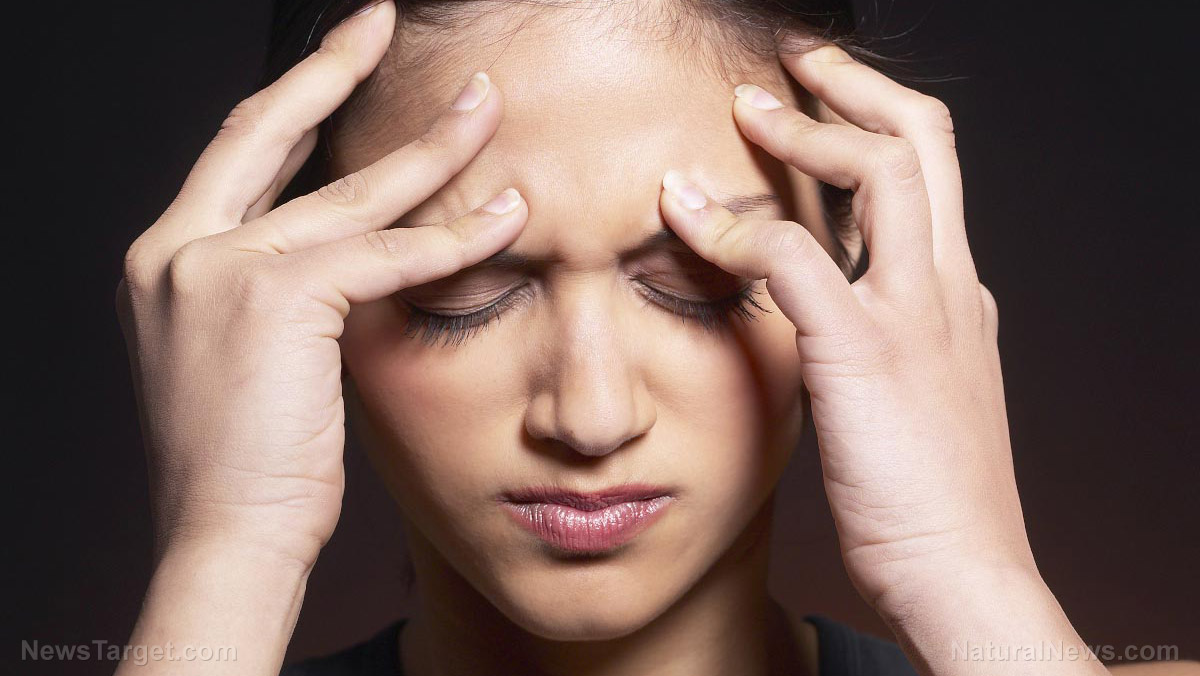
In order to conduct the study, a team of researchers at Shanghai University of Traditional Chinese Medicine in China recruited 77 participants with chronic pelvic pain syndrome or chronic prostatitis. The participants received six sessions of either long-needle acupuncture or traditional acupuncture for a period of two weeks. A follow-up session was scheduled at week 24 after the patients had begun receiving the treatment.
The research team used the total National Institutes of Health-Chronic Prostatitis Symptom Index (NIH-CPSI) score at week 2 to measure the primary outcome of the interventions. On the other hand, the secondary outcome was measured using the four domains of the NIH-CPSI – urination, pain or discomfort, effects of symptoms, and quality of life – as well as the clinical efficacy score.
Based on the results, both long-needle acupuncture and traditional acupuncture had therapeutic effects on chronic pelvic pain syndrome. However, when needling at the acupoints BL30 (Baihuan Shu) and BL36 (Huiyang), the deep insertion of the long needle greatly improved the condition compared with traditional acupuncture. The relief may be due to the stimulation of the pudendal nerve by the needle. The pudendal nerve is the primary sensory and motor nerve of the perineum and provides sensation from the genitalia and control of the urethral sphincter and anal sphincter. It goes through the tissue below the deep area at BL30 and BL35. Thus, deep needling at these acupoints may increase the stimulation of the pudendal nerve, promoting the inhibition of local sensations going to the central nervous system.
Participants who received long-needle acupuncture also exhibited significant improvements in urination, pain or discomfort, the effects of symptoms, and quality of life.
The findings of the study indicated that deep needling at acupoints BL30 and BL36 is more effective in treating chronic pelvic pain syndrome than traditional acupuncture.
Acupuncture and its many benefits
In acupuncture, an acupuncturist will insert needles into a person's body with the goal of balancing their energy. In traditional Chinese medicine, health is the outcome of a harmonious balance of the complementary extremes of “yin” and “yang” of the life force called “qi.” Meanwhile, an imbalance of the forces results in illness. Qi is believed to flow through meridians or pathways in the human body, which can be assessed through 350 acupuncture points in the body. Inserting needles into these points with proper combinations could bring the energy flow back to normal.
Acupuncture is used to relieve tension headaches and migraines. It is also used to help treat different kinds of pain, such as low back pain, knee pain, and neck pain. (Related: Acupuncture successfully treats migraines and chronic pain, according to most rigorous study of the treatment to date.)
The World Health Organization (WHO) provided a list of conditions wherein acupuncture has been proven effective. These include the following:
- Allergic rhinitis
- Chemotherapy-induced nausea and vomiting
- Dental pain
- Dysentery
- Facial pain
- High and low blood pressure
- Inducing labor
- Morning sickness
- Painful periods
- Reducing the risk of stroke
- Rheumatoid arthritis
- Sciatica
- Some gastric conditions like peptic ulcer
- Sprains
- Tennis elbow
Acupuncture may also help treat the following conditions although more evidence is needed:
- Fibromyalgia
- Neuralgia
- Post-operative convalescence
- Substance, tobacco and alcohol dependence
- Spine pain
- Stiff neck
- Vascular dementia
- Whooping cough, or pertussis
- Tourette syndrome
Read more news stories and studies on acupuncture by going to ChineseMedicine.news.
Sources include:
BMCComplementAlternMed.BioMedCentral.com
Please contact us for more information.























